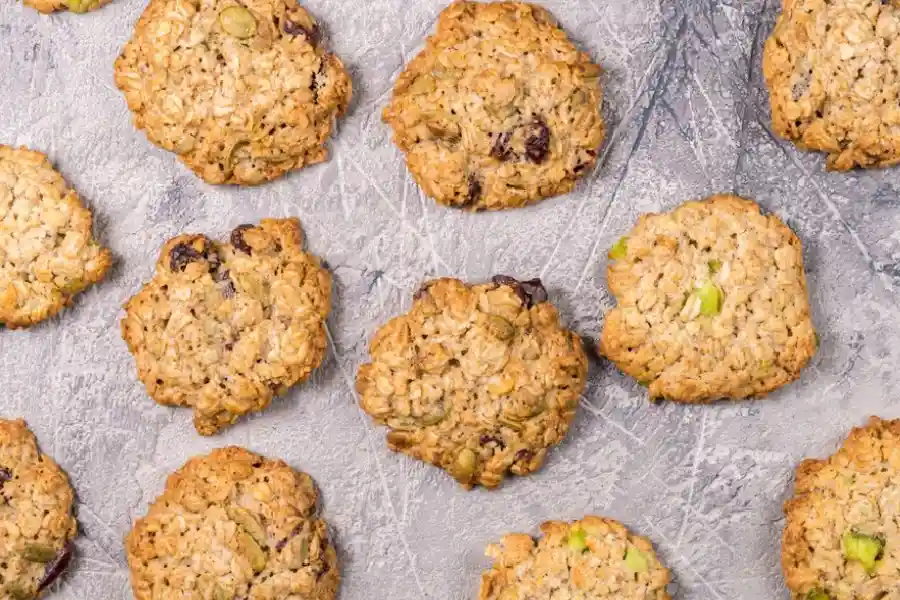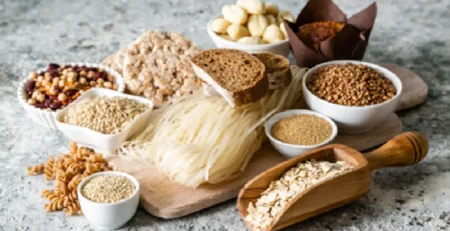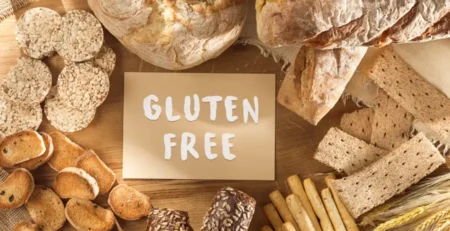Expert Tips for Choosing the Right Flour for Gluten-Free Cookies
When crafting gluten-free cookies, selecting the ideal flour isn’t just important—it’s essential for achieving the perfect blend of flavor and texture to make your treats a hit. Each gluten-free flour, from nutty almond to hearty chickpea, brings its own unique qualities to the baking table. In this blog post, we’ll dive into the diverse world of gluten-free flours, examining how their distinct characteristics can influence your cookies’ outcome. We’ll also provide expert tips on seamlessly substituting these flours into your beloved recipes, ensuring every batch turns out deliciously satisfying. By understanding the nuances of these alternative flours, you’ll be well-equipped to bake cookies that are sure to impress.
Understanding Different Types of Gluten-Free Flours
Choosing the right flour starts with an understanding of the various options available. Here are some popular types of gluten-free flours you might consider:
Almond Flour
Made from ground almonds, this flour is high in healthy fats and has a somewhat sweet, nutty flavor. This flour is ideal for adding moisture and a chewy texture to your cookies, making them perfect for those who enjoy a bit of a decadent treat. It’s also packed with protein and vitamins, making your cookies tasty and nutritious.
Coconut Flour
Coconut flour, made from dried coconut meat, is rich in fiber and imbued with a subtle coconut flavor. Its high absorbency means you’ll often need extra eggs or binders in recipes using this flour. Despite its unique properties, coconut flour can enrich your cookies with a delightful coconut essence and a satisfying texture, making it an excellent choice for those aiming to boost their fiber intake.
Rice Flour
Rice flour is a commonly used gluten-free flour derived from finely milled rice. It provides a light texture but sometimes has a slightly gritty feel if not finely ground. However, its mild flavor makes it a great base for various types of gluten free cookies. It’s also one of the more affordable and accessible gluten-free flours.
Oat Flour
Made from ground oats, oat flour adds a mild, slightly sweet flavor to baked goods. It’s great for creating a soft and tender crumb in your cookies, making them taste like traditional oatmeal cookies without the gluten. Oat flour also brings the added benefits of whole grains and can contribute to a chewy, hearty texture in your cookies.
Factors to Consider When Choosing Gluten-Free Flour
Picking the right flour involves considering several factors to ensure your cookies are always perfect.
Flavor Profile
When selecting gluten-free flour for cookies, consider how each flavor affects your recipe. Almond flour adds a rich, decadent taste, while oat flour offers a subtle sweetness. Choose the flour that best aligns with the desired flavor profile of your cookies. For a neutral taste, rice or sorghum flour might be ideal. Mixing different flours can also create a balanced texture and enhance the overall taste of your baked goods.
Texture and consistency
The texture of your chosen gluten-free flour significantly affects the consistency of your cookies. Almond and oat flours can lend a satisfying chewiness, ideal for soft, chewy cookies. On the other hand, rice flour is excellent for achieving a lighter, crispier texture. Experimenting with different flours lets you discover the perfect balance to achieve your desired cookie texture. Whether you’re aiming for chewy delights or delicate crisps, the right flour makes all the difference.
Nutritional Content
Each flour provides various nutritional benefits. For example, almond flour is rich in protein and healthy fats, whereas chickpea flour is rich in both protein and fiber. Depending on your dietary requirements and tastes, you may select a flour that provides a nutritional boost to the cookies you make. Chickpea or almond flour could be excellent choices if you want to add more protein to your diet. On the other hand, coconut flour can be a great option for adding extra fiber.
Availability and Cost
When baking gluten-free cookies, consider the availability and cost of different flours. Rice and oat flours are more accessible and budget-friendly than almond or coconut flours. Before baking, check local grocery stores or online retailers to see what’s available. You can choose the best flour for delicious gluten-free cookies without stretching your budget by balancing cost, availability, and your baking needs.
Best Practices for Substituting Gluten-Free Flours in Cookie Recipes
Substituting gluten-free flour in cookie recipes can be challenging, but with the right techniques, you can always bake delicious treats. Here are some essential tips for working with gluten-free flours:
- Start with Gluten-Free Recipes: Gluten-free flours behave differently than wheat flour. Using recipes designed specifically for gluten-free options ensures a better balance of ingredients, leading to superior results.
- Adjust Liquids and Binders: Gluten-free flours often absorb more liquid. To achieve the perfect texture, you may need to adjust the amount of liquid or add binders like eggs or xanthan gum.
- Mix and Match: Combining different gluten-free flours, such as rice flour with almond flour, can enhance texture and flavor. This approach leverages the best properties of each flour.
Avoid these common pitfalls to refine your gluten-free baking:
- Avoid Direct One-to-One Substitution: Gluten-free flours vary in absorbency and texture. A direct one-to-one substitution with wheat flour usually doesn’t work. Adjust the flour mix and quantities based on your baking observations.
- Blend Your Flours: Using a single type of gluten-free flour can result in subpar cookies. Blend different flours to balance their strengths and weaknesses for better texture and taste.
- Don’t Skip Essential Ingredients: Ingredients like xanthan gum or extra eggs are crucial for mimicking the structural properties of gluten. These binders help provide the necessary elasticity and stability to your cookies.
By mastering these techniques, you can ensure your gluten-free cookies are just as tempting and satisfying as their traditional counterparts.
Choosing the right flour for your cookies can seem daunting, but with some knowledge and experimentation, you’ll find the perfect match. Remember to consider each flour’s flavor, texture, nutritional content, and availability. Don’t hesitate to try different combinations and see what works best for your recipes. Happy baking!














Leave a Reply